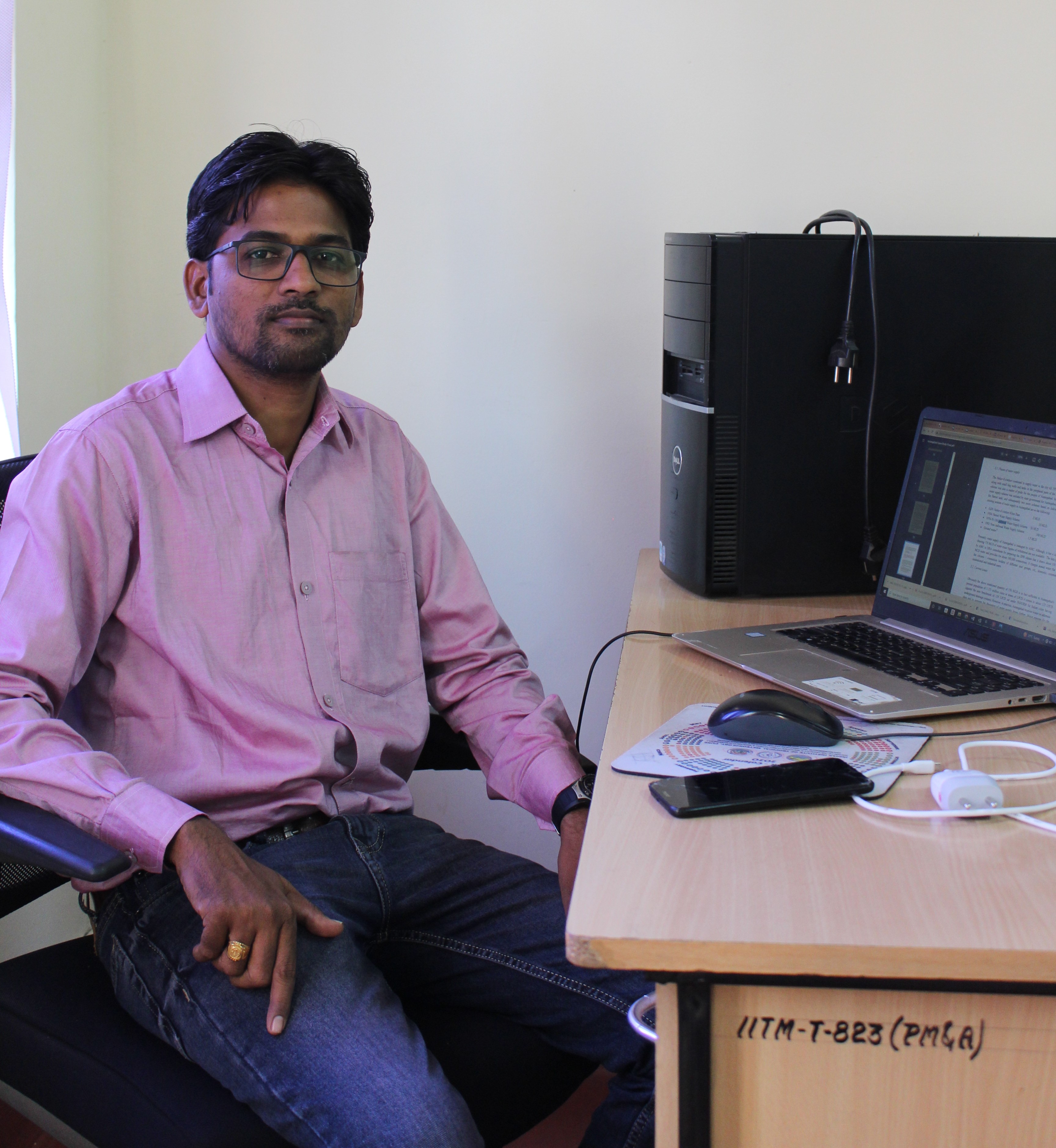Chaitanya p.
Verified @gmail.com
Dr. Chaitanya B. Pande: He is completed Ph.D. in Environment Science from Sant Gadge Baba Amravati University, Amravati and M.Sc. in Geoinformatics from Amravati University in 2011. He has more than 10 years of teaching, research and industrial experience. He is a reviewer for severals scientific journals of the International reputes with editorial board member in Journal of American Journal of Agricultural and Biological Sciences. He has published 57 research papers, 1 textbook, 1 edited book , 19 conferences papers and 5 book chapters with more than 830 citations. His research interests includes Remote Sensing, GIS, Google Earth Engine, Machine Learining, Watershed management, Hydrogeology, Hydrological Modeling, Drought Moniroting, Land Use and Land Cover analysis, Groundwater Quality, urban planning, Hydro-geochemistry, Groundwater Modelling, Geology, Hyperspectral Remote Sensing, Remote Sensing and GIS application in natural resources management, watershed management and Env.
EDUCATION
B.C.S. Sant Gadge Baba Amravati University, Amravati, Computer Sciences, 2008
M. Sc, Sant Gadge Baba Amravati University, Amravati, Geo-informatics, 2011
Ph.D., Sant Gadge Baba Amravati University, Amravati, Environmental Science, 2016
RESEARCH INTERESTS
Remote Sensing, GIS, Land Use and Land Cover, Image Classification, Crop Mapping, Satellite Data Processing for
Various Application, Google Earth Engine, Drought, Watershed Management, Hydrological Modeling, Drone Mapping, Climate
Change Impact Analysis, Crop Yield Modeling, Groundwater, ML.

